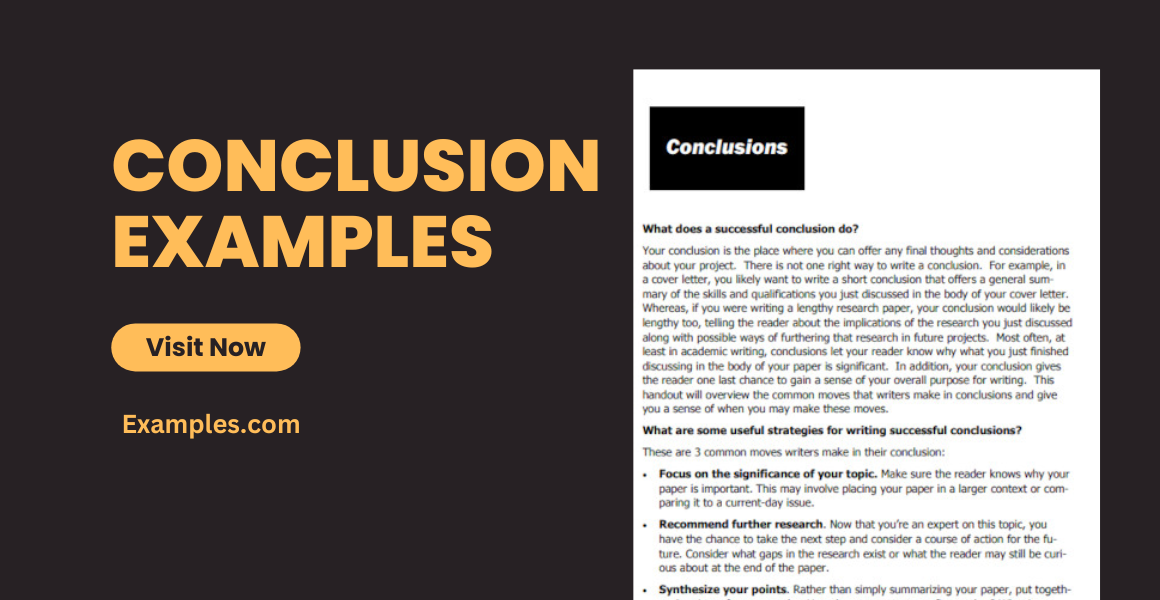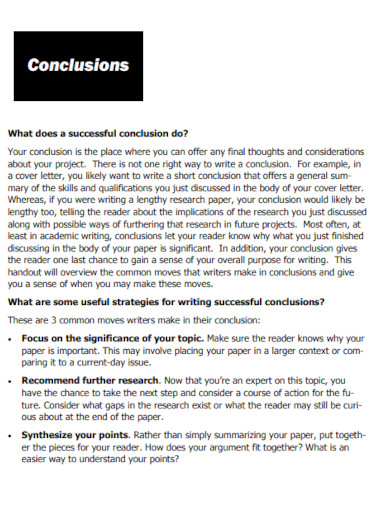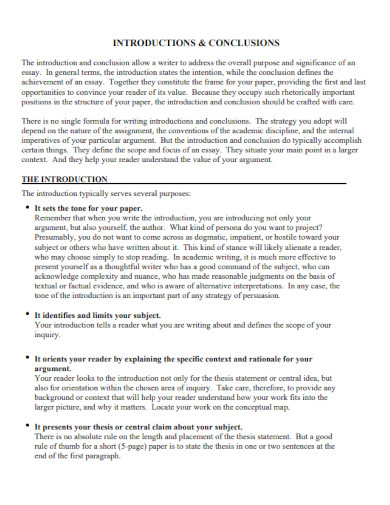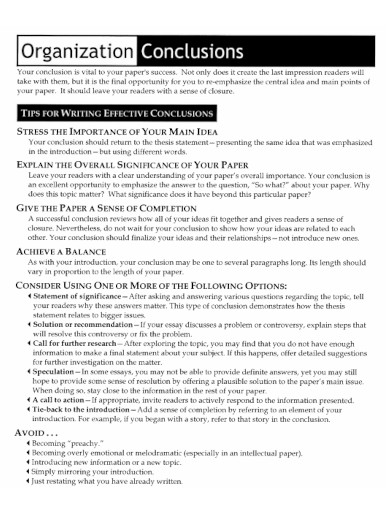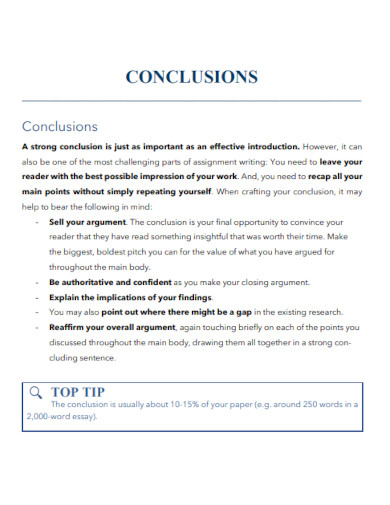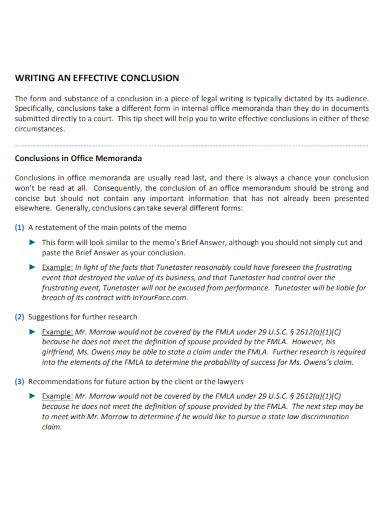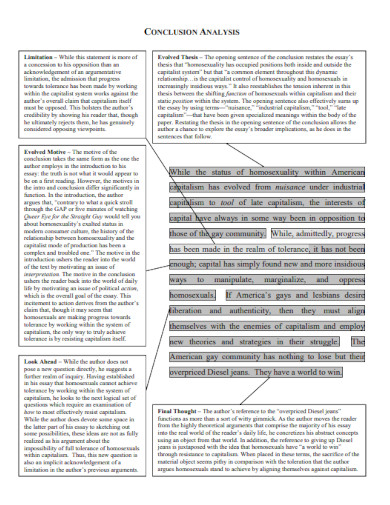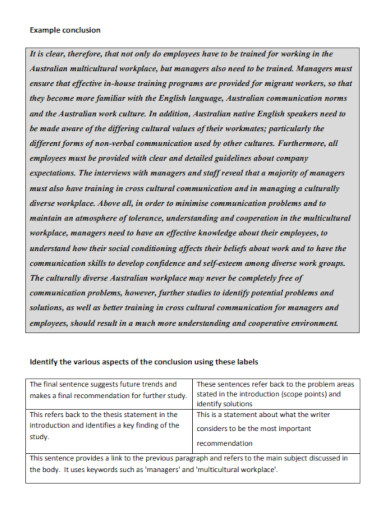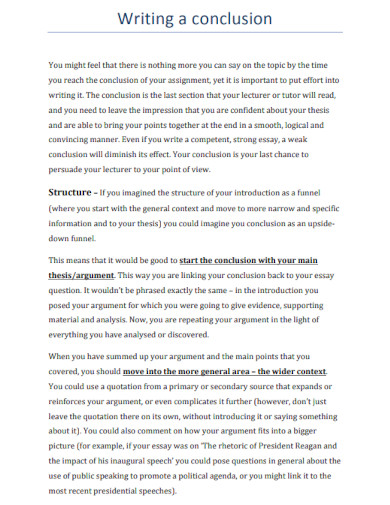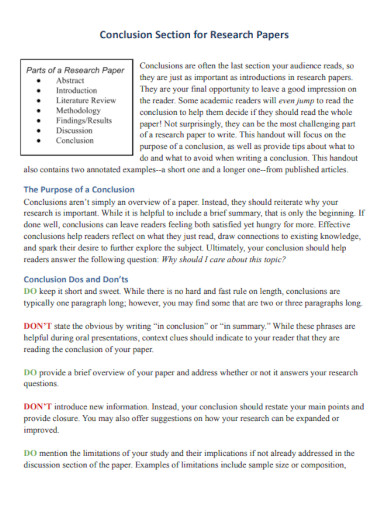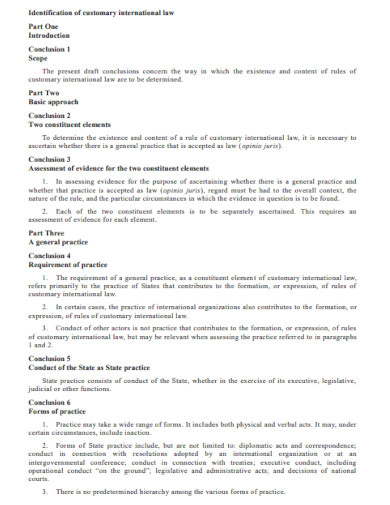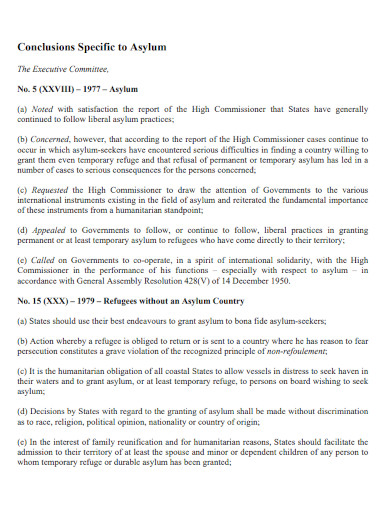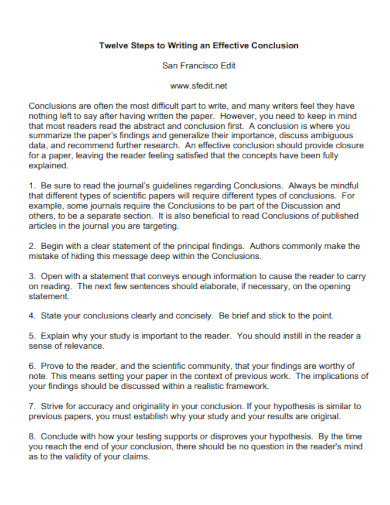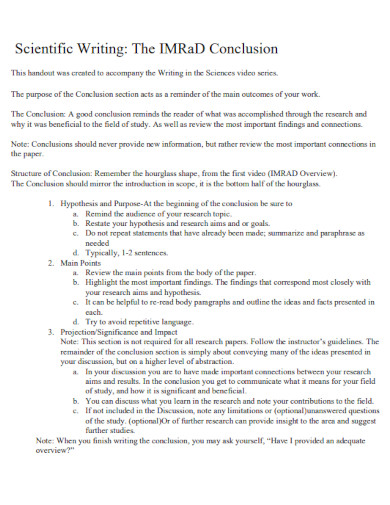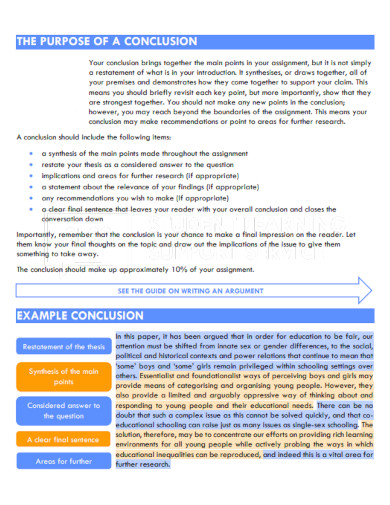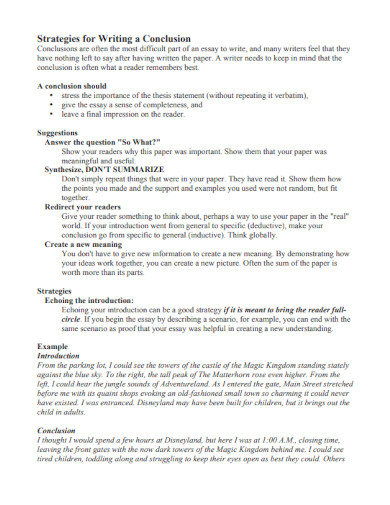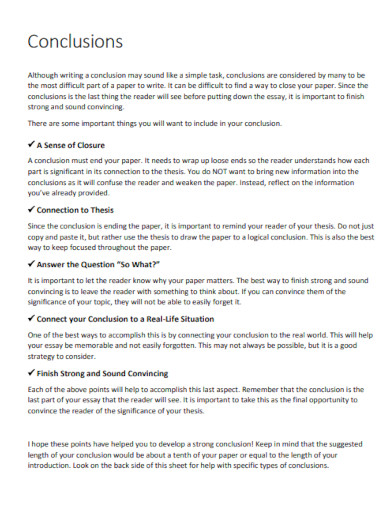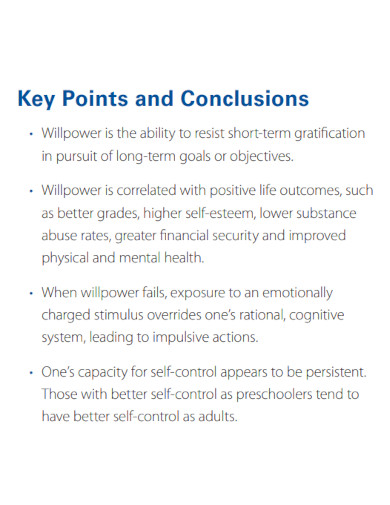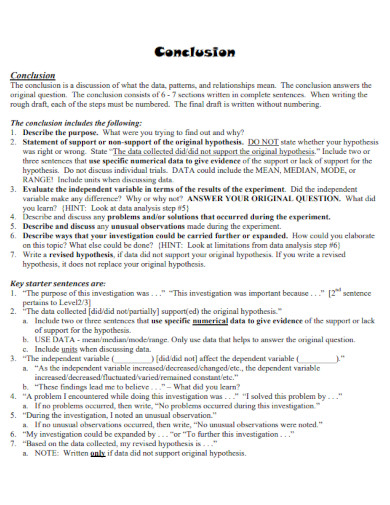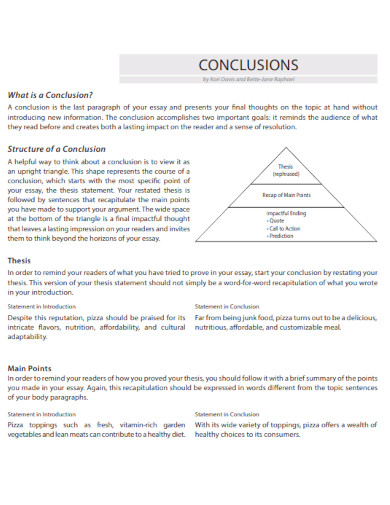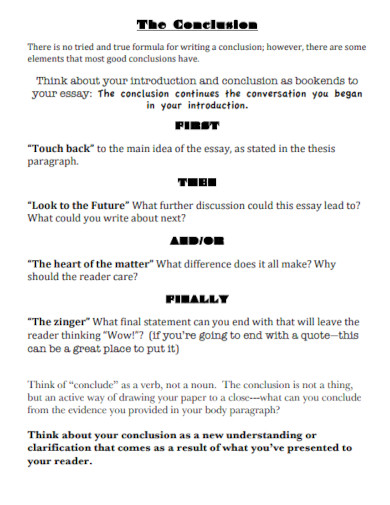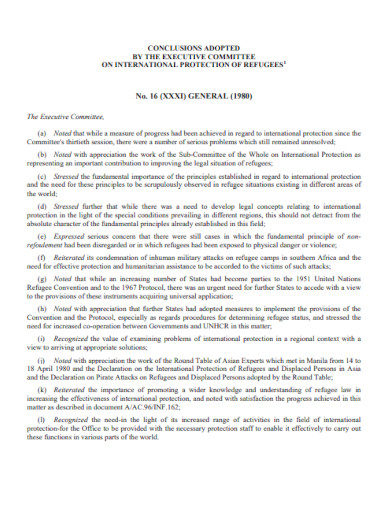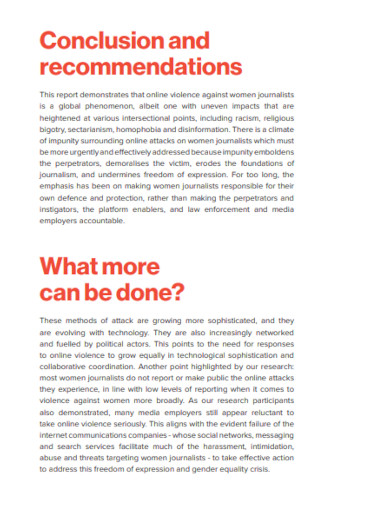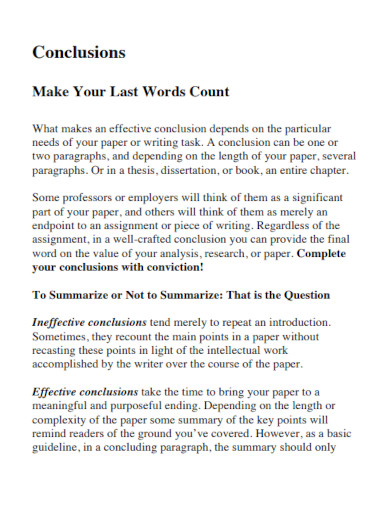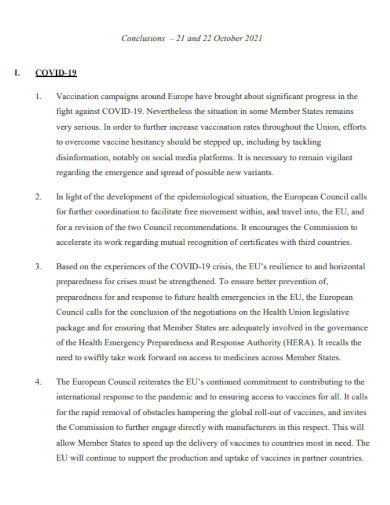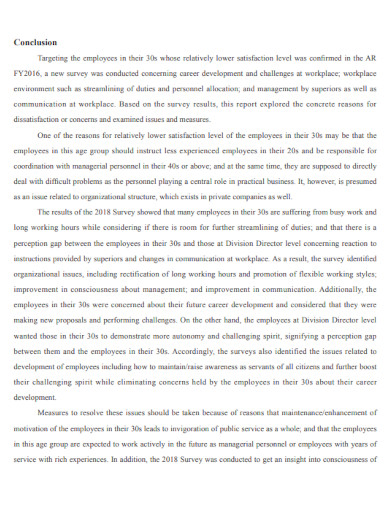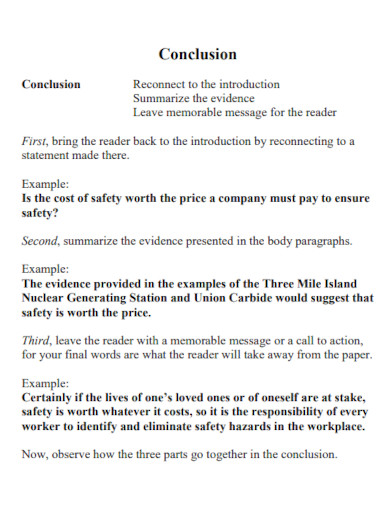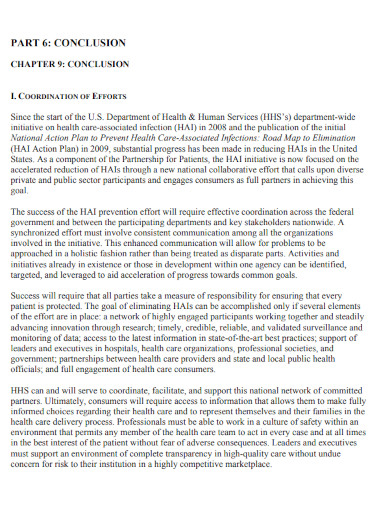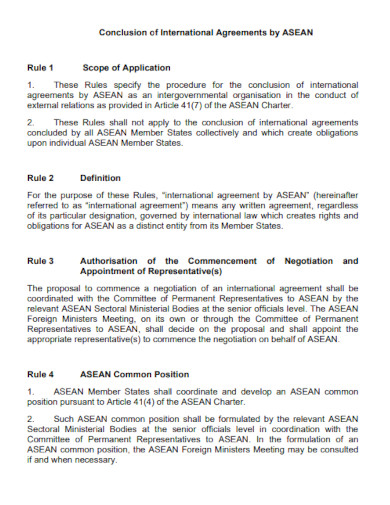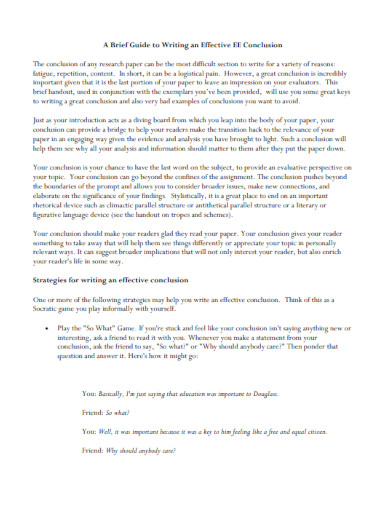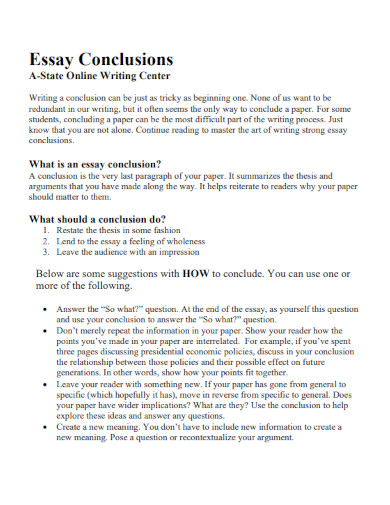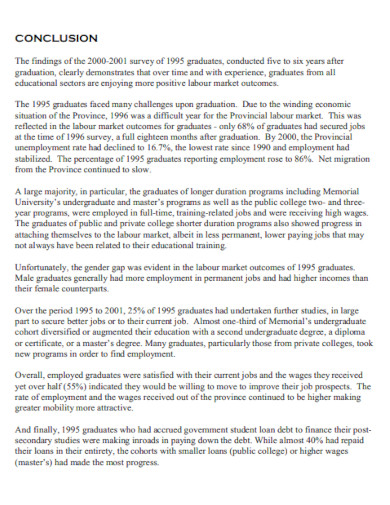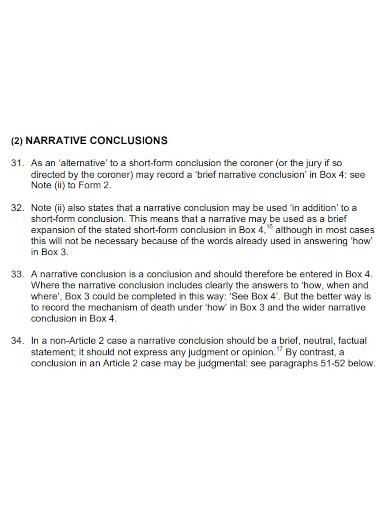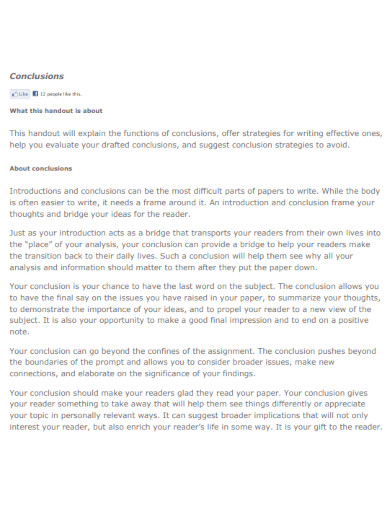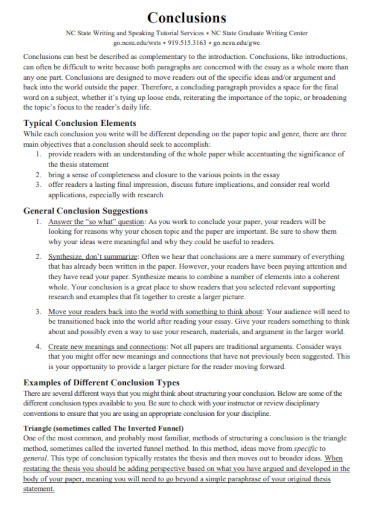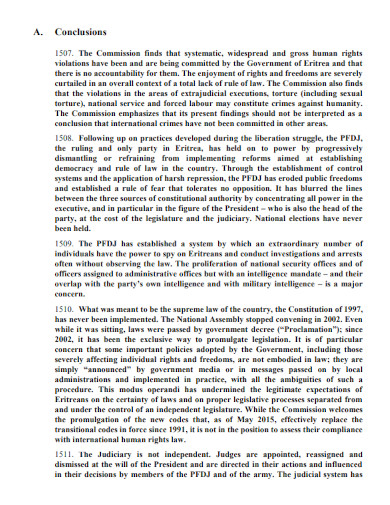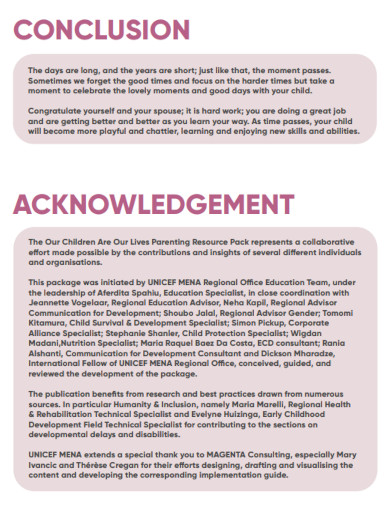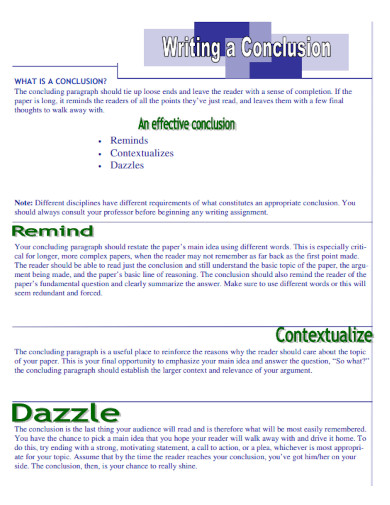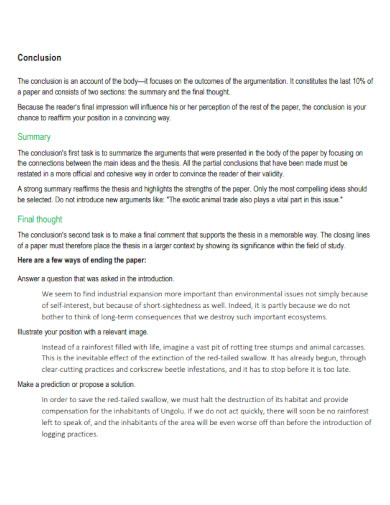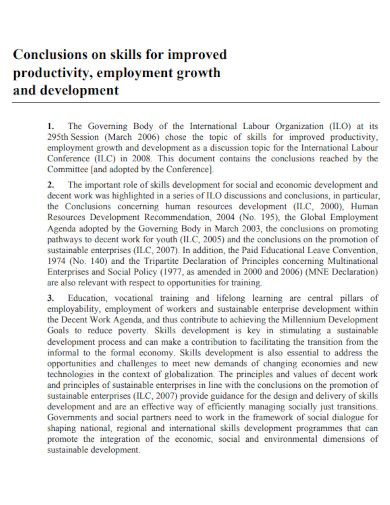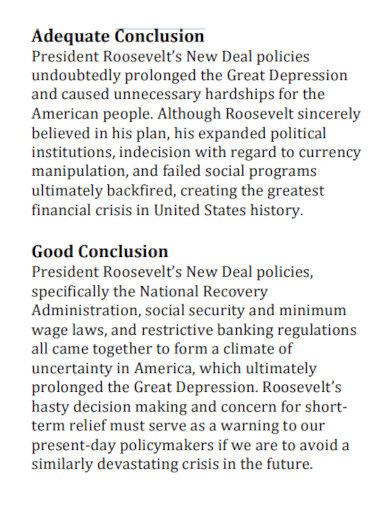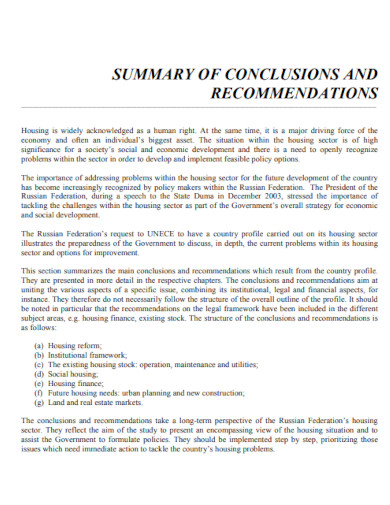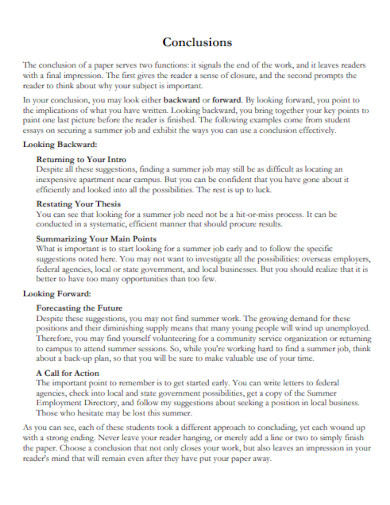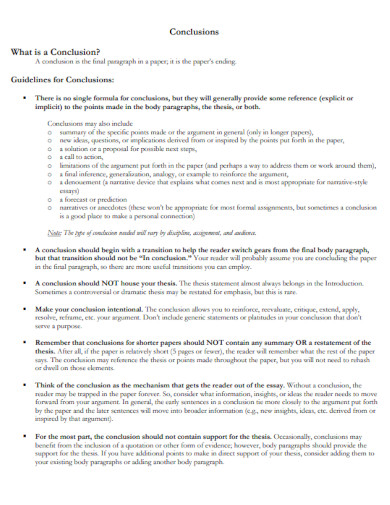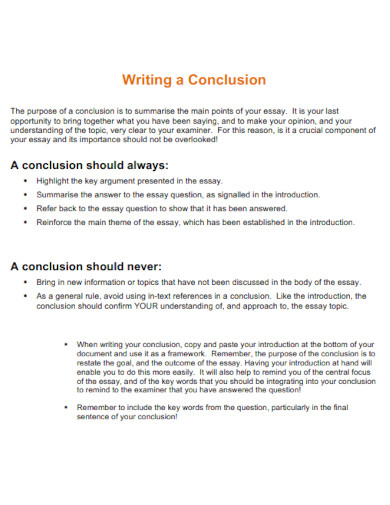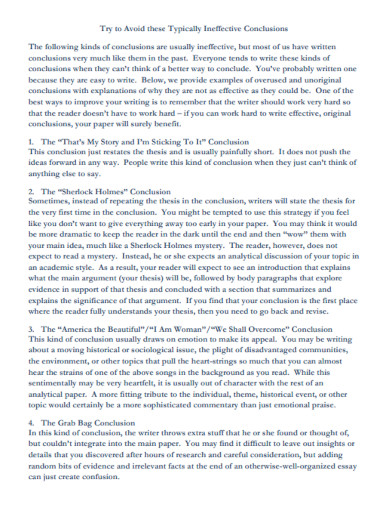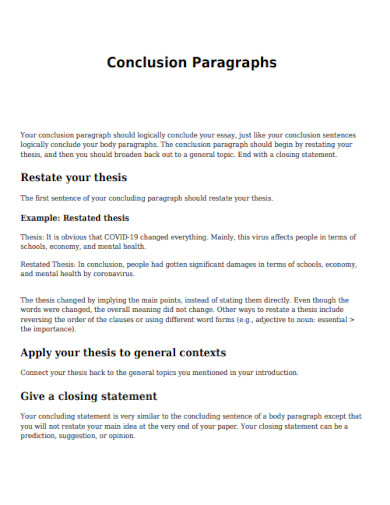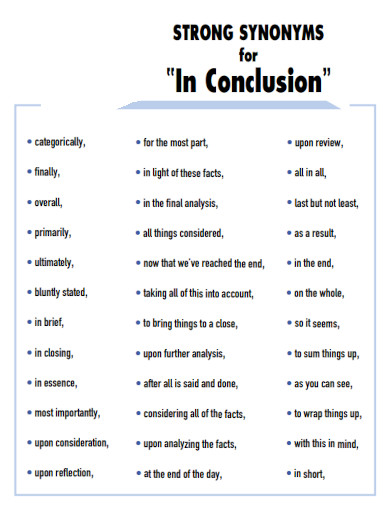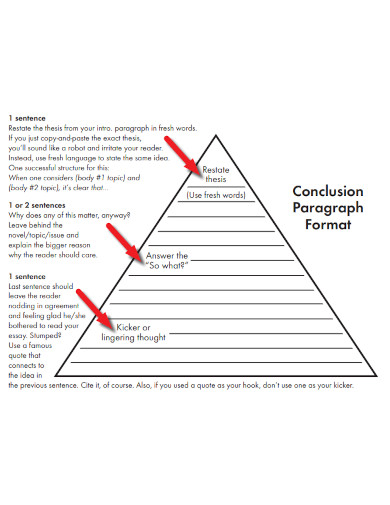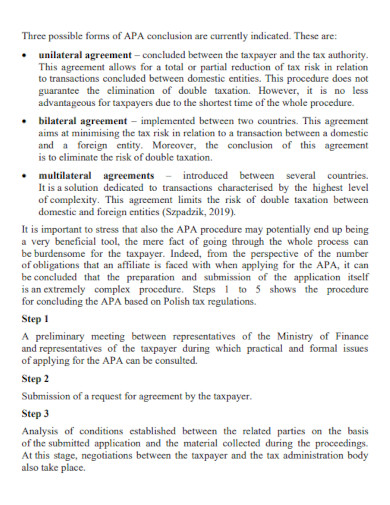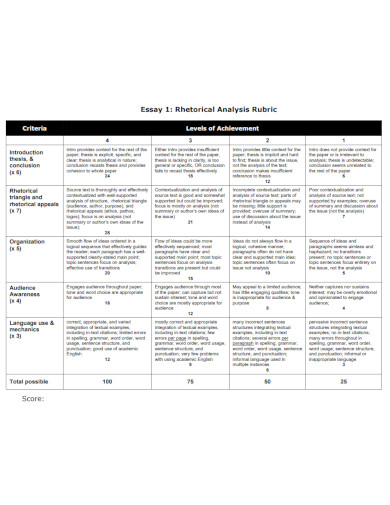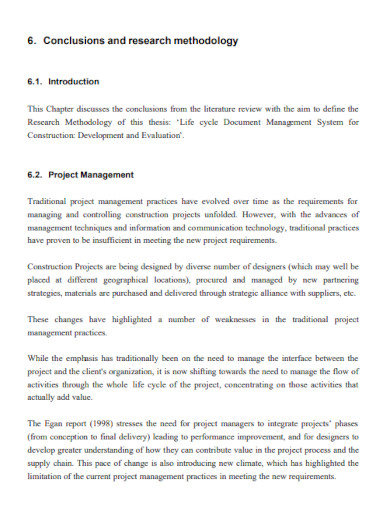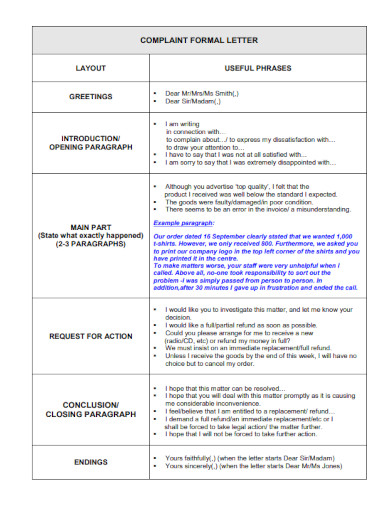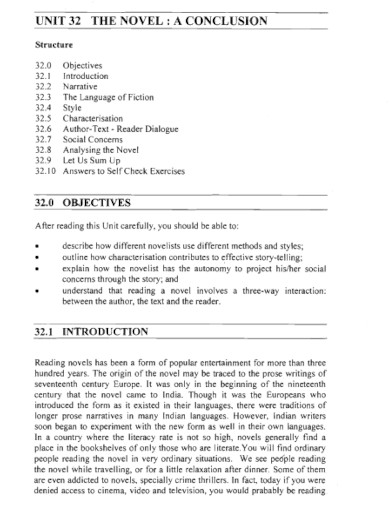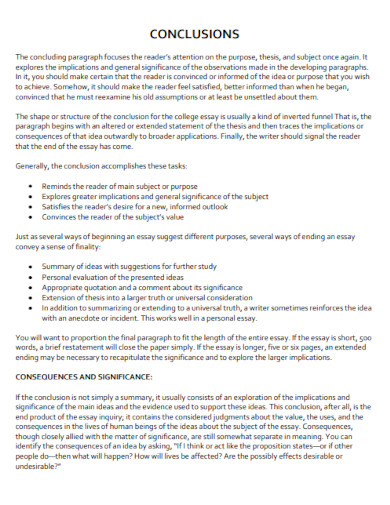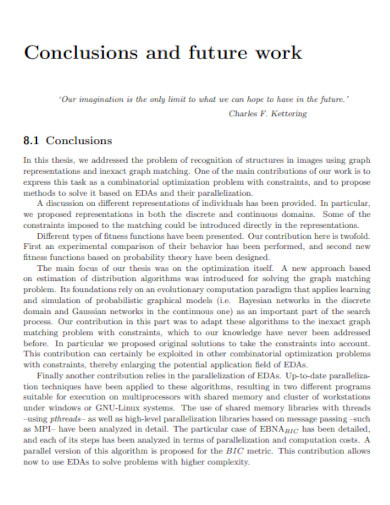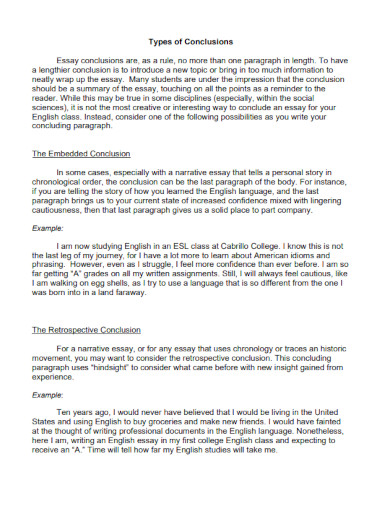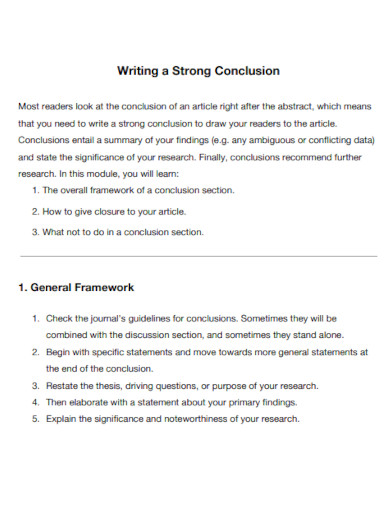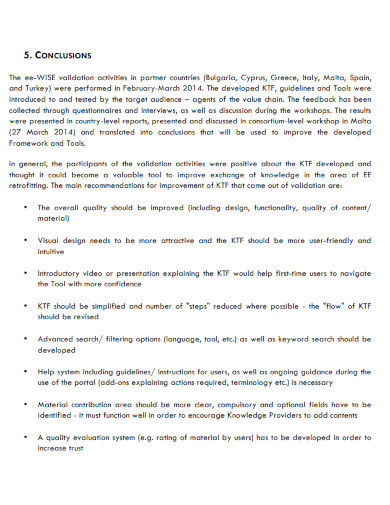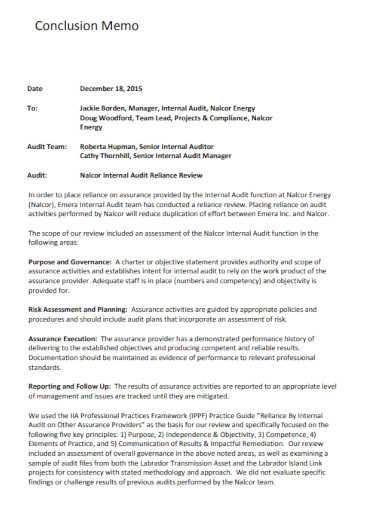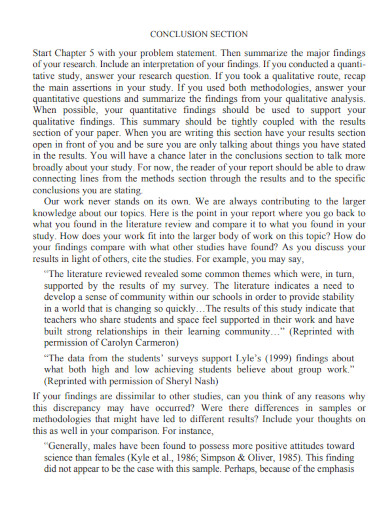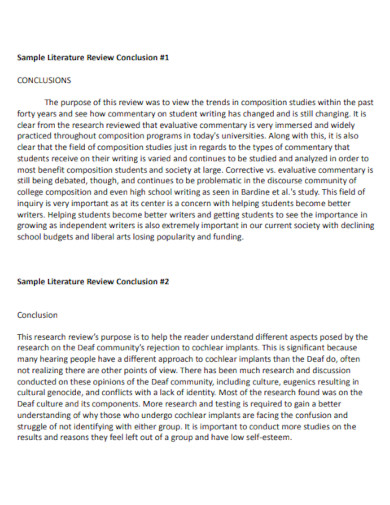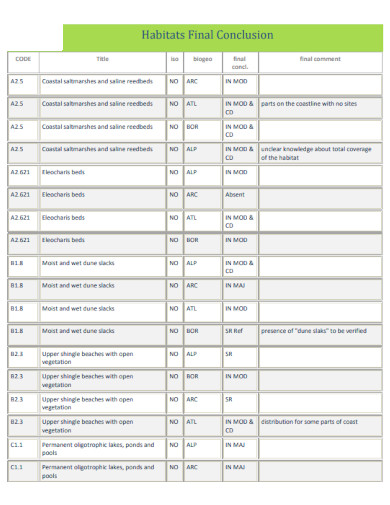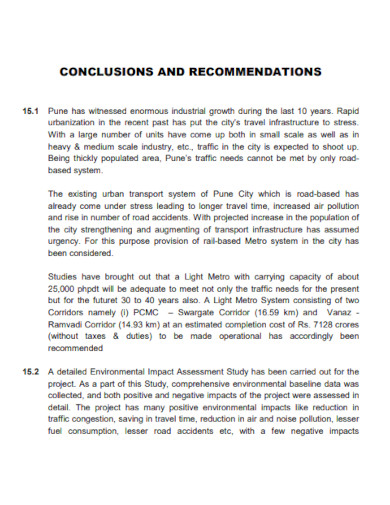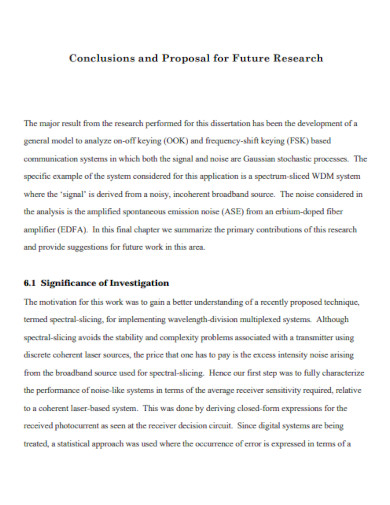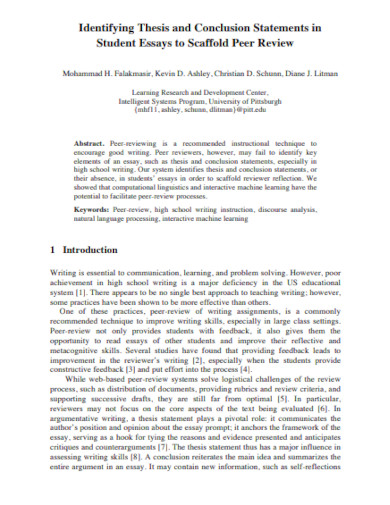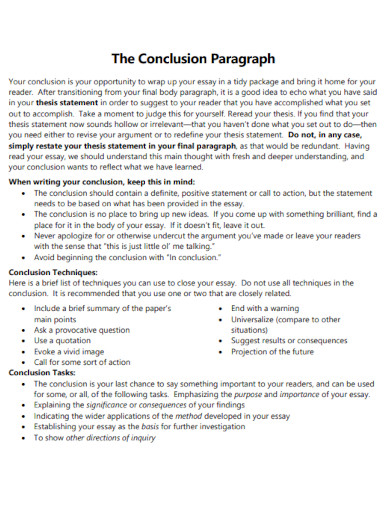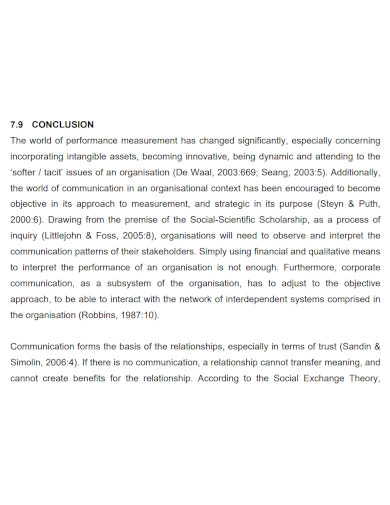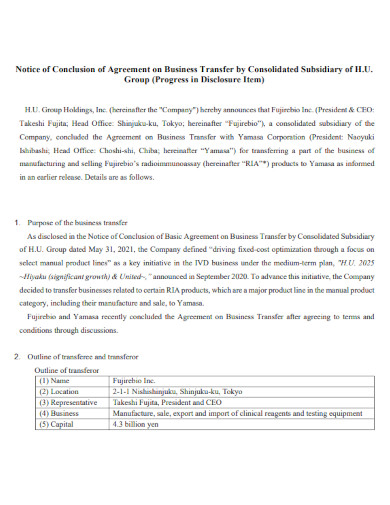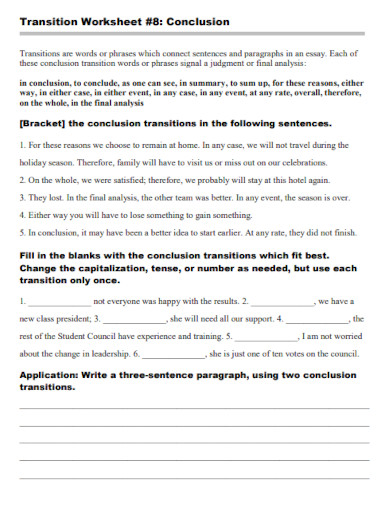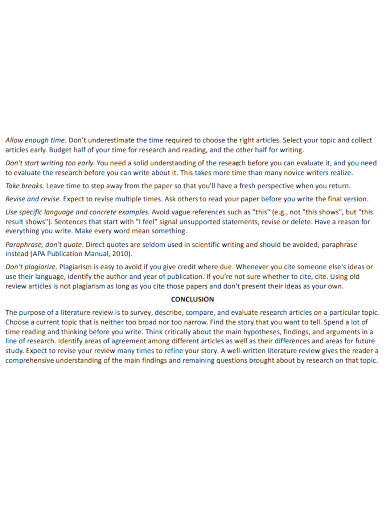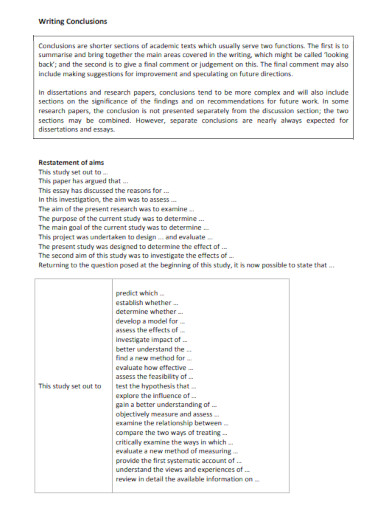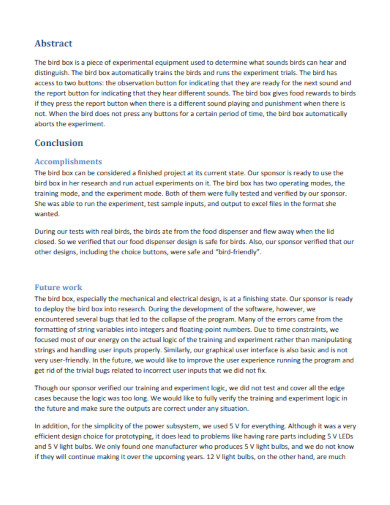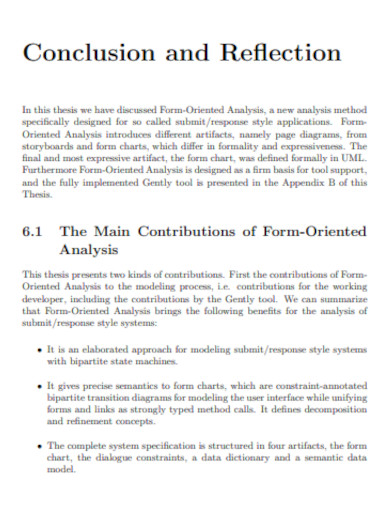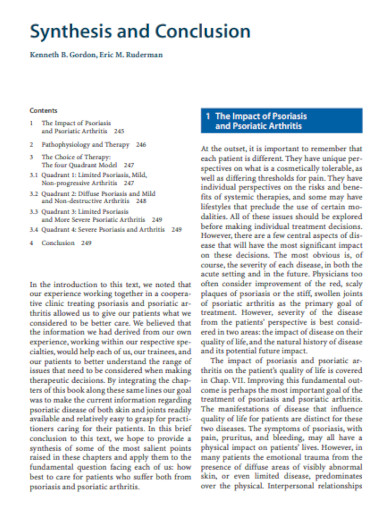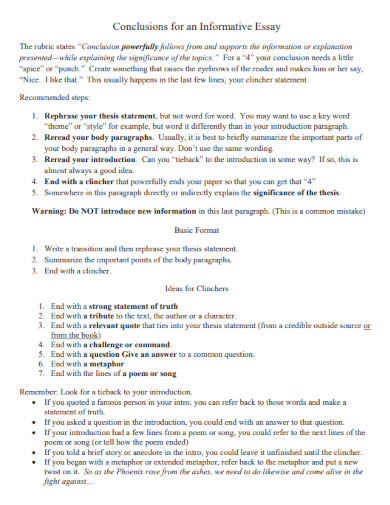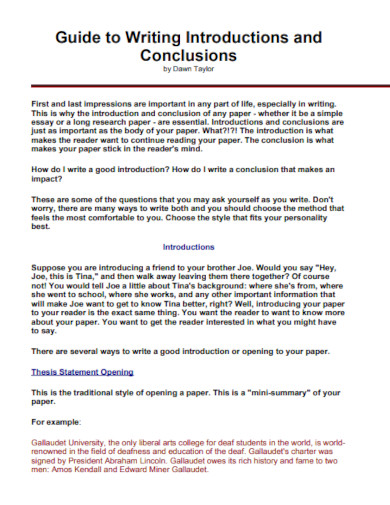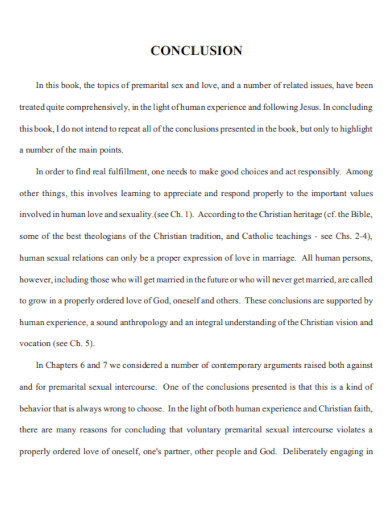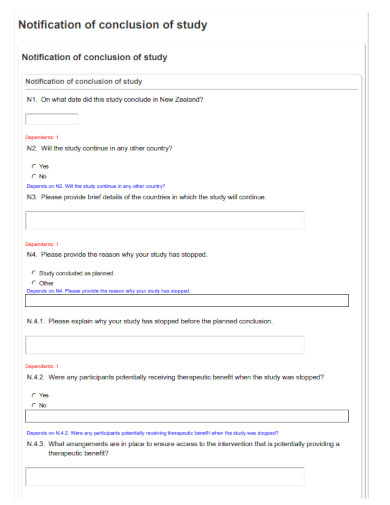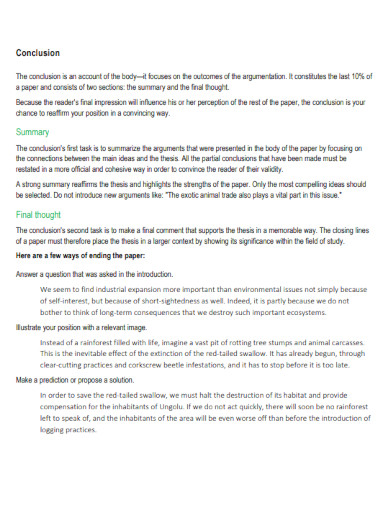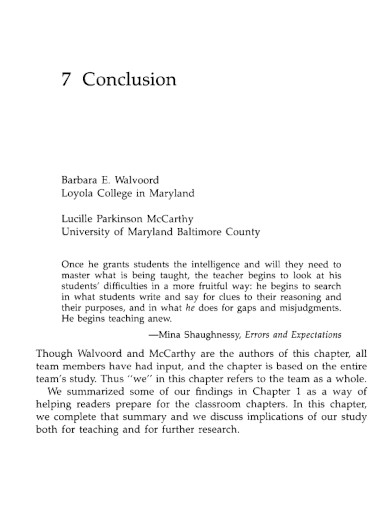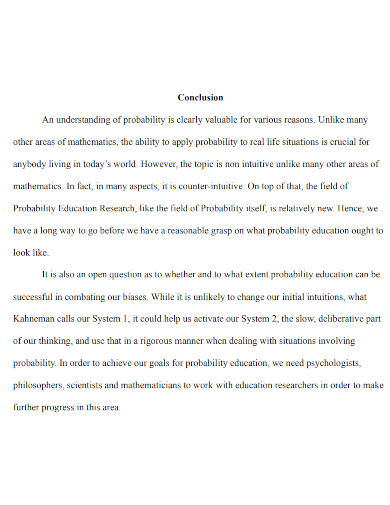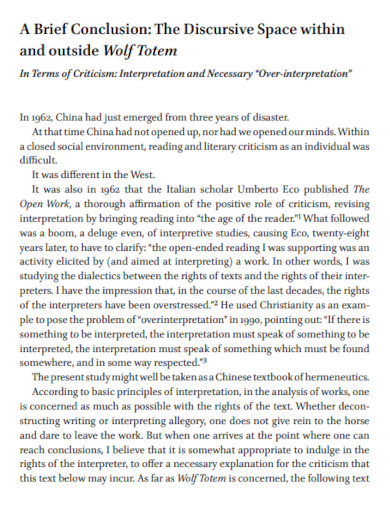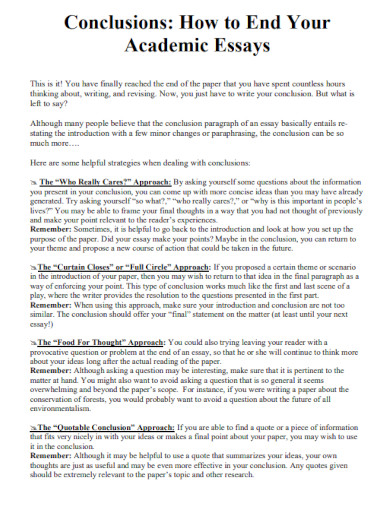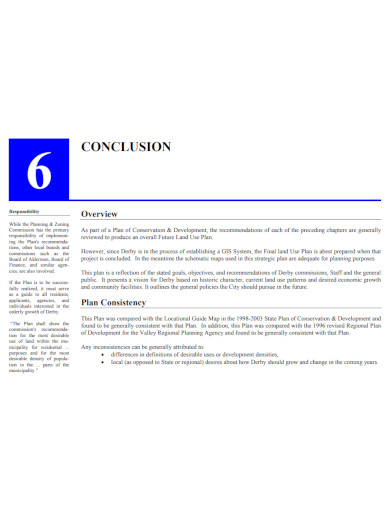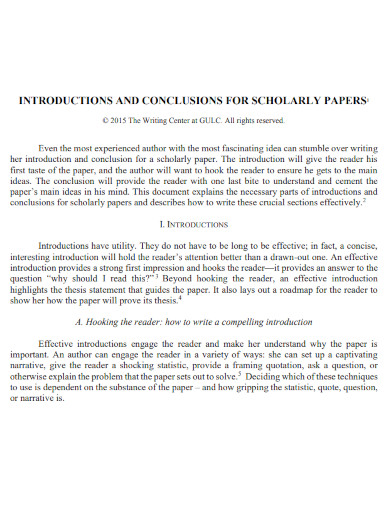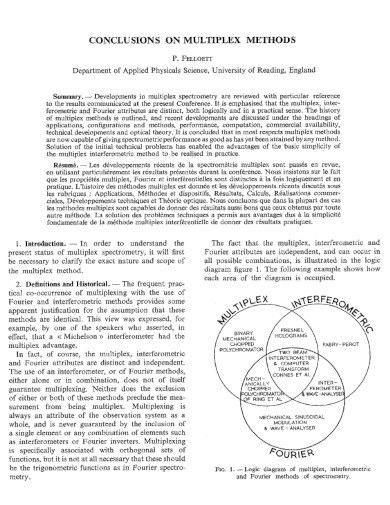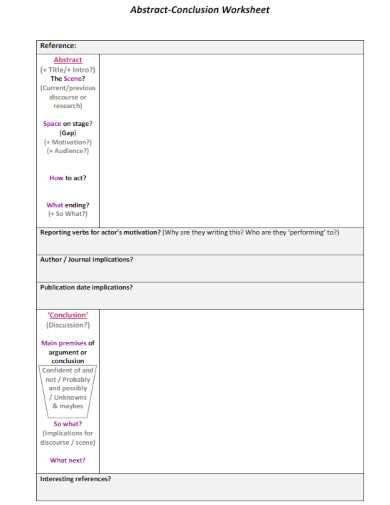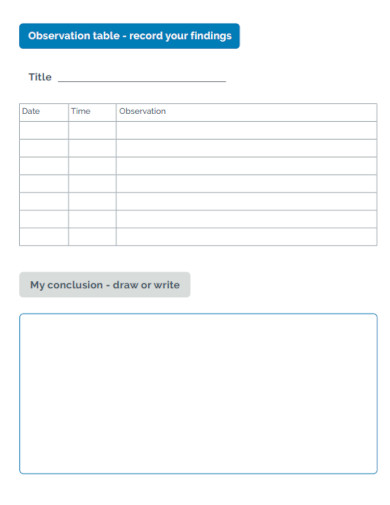99+ Conclusion Examples
The best way to end your writing is via the utilization of a conclusion. These conclusions will summarize all the thoughts and topics presented in the text. All to tie up all the loose ends presented in the topic and cleanly close up the text.
1. Conclusion Sample
2. Introductions and Conclusion
3. Organization Conclusion
4. Conclusion PDF
5. College Conclusion
6. Conclusion Drafting
7. Conclusion Analysis
8. Example Conclusion
9. Writing a Conclusion
10. Conclusion Section for Research Papers
11. Draft Conclusion
12. Conclusions Specific to Asylum
13. Effective Conclusion
14. Conclusion Scientific Writing
15. Writing a Conclusion Example
16. Purpose of Conclusion
17. Strategies for Writing a Conclusion
18. Conclusion for Colleges
19. Key Points and Conclusions
20. Conclusion Document
21. Conclusion Structure
22. The Conclusion
23. General Conclusion
24. Conclusion and Recommendations
25. The Conclusion Final Impression
26. Standard Conclusion
27. COVID-19 Conclusion
28. About Conclusion
29. Conclusion Example PDF
30. Essay Conclusion
31. Conclusion Chapter
32. Conclusion of International Agreements
33. Printable Conclusion
34. Essay Conclusions Example
35. One Page Conclusion
36. Narrative Conclusions
37. Writing Center Conclusion
38. Typical Conclusion Elements
39. Conclusion Format
40. Short Conclusion
41. Writing a Conclusion Example PDF
42. Simple Conclusion
43. Conclusion on Skills
44. Adequate Conclusion
45. Summary of Conclusions
46. Science and Technology Conclusion
47. Professional Conclusions
48. Basic Conclusion
49. Main Points of Conclusion
50. Typically Ineffective Conclusions
51. Conclusion Paragraph
52. In Conclusion
53. Conclusion Paragraph Format
54. APA Conclusion
55. Thesis Conclusion
56. Rhetorical Analysis Conclusion
57. Starting a Conclusion
58. Best Conclusion
59. Conclusion in Research
60. Letter Conclusion
61. Argumentative Conclusion
62. Conclusion of a Story
63. Paper Conclusion
64. Conclusions and Future Work
65. Types of Conclusion
66. Strong Conclusion
67. Conclusion of a Report
68. MLA Conclusion
69. Memo Conclusion
70. APA Paper Conclusion
71. Literature Review Conclusion
72. Final Conclusion
73. Conclusion
74. Proposal Conclusion
75. Conclusion Thesis Statement
76. The Conclusion Paragraph Example
77. Conclusion of Communication
78. Conclusion of a Business
79. Conclusion Transition Worksheet
80. Conclusion of Literature
81. Writing Conclusions Example
82. Abstract Conclusion
83. Reflection Conclusion
84. Synthesis Conclusion
85. Conclusions for an Informative Essay
86. Proper Conclusion
87. Article Conclusion
88. Formal Conclusion
89. Conclusion of Study
90. Body Conclusion
91. Proper Conclusion Example
92. Probability Conclusion
93. Food Conclusion
94. Brief Conclusion
95. Academic Conclusion
96. Planning Conclusion
97. Conclusions for Scholarly Papers
98. Conclusion on Multiplex Methods
99. Abstract Conclusion Worksheet
100. Observation Conclusion Sheet
What Is a Conclusion
When you are writing a thesis, article, essay, etc., it is important to start with a good introduction and end with a quality conclusion. The conclusion acts as the counterpart of the introduction, whose role is to open the text to the reader. While the role of the introduction is to provide an opener to the reader, the role of the conclusion is to properly close and summarize all the points brought up by the topic.
How to Write a Conclusion
A conclusion is a succinct statement that is composed of 3-5 sentences. A good conclusion will need to both re-introduce the topic and also connect the said topic with all the key points brought up in the text. The final sentence of the conclusion should close the whole topic and may act as a call to action based on the conclusion presented by the text. If you are still not sure of how you want to write your conclusion you may view any of the conclusion examples and samples on the list above.
1.) Re-introduce the Topic
Begin by reiterating or restating the topic of the text. This re-introduction should succinctly summarize the topic and why the topic should be tackled or talked about.
2.) Restate All the Points Brought Up in the Text
The sentences after the introduction of the conclusion should restate the points brought up by the text. You need to avoid repeating the points word-per-word; instead, you may opt to rewrite these points as small and curt summaries.
3.) Connect All the Points to the Topic
After restating the points you will need to connect these points to the topic. You can state the effects, interactions, or interplays between the point and the topic. Just not these must span only 1-2 sentences.
4.) Conclude with an Implication or Create a Call to Action
You must end the conclusion by creating an implication caused by the reaction between both the topic and the points. You can also end the conclusion with a call to action based on the resulting implication brought up by the conclusion.
FAQs
What is a good starting sentence to start a conclusion on?
A good conclusion needs to summarize all the points stated above in a single and compact paragraph. It is best to start a conclusion with a sentence ruminating on the topic, thesis statement, or question. Usually, a conclusion will follow the structure of the text it is written for.
What are other ways to say in conclusion?
In conclusion, is a great way to succinctly end the text as it acts as the closing statement of the whole paragraph. There are plenty of different ways you can write the phrase “in conclusion” on your paper. You may use the phrase to conclude in summary, and in closing though using these will entail a modified structure of your conclusion. If you do not want to use a phrase, you may instead opt for single-word alternatives for the phrase in conclusion which are lastly, finally, and overall. Again, you will need to adjust your phrasing accordingly.
How many sentences should a conclusion be?
A conclusion should succinctly and concisely summarize and close the whole text in 3-5 sentences. This will start with a small introductory sentence and end with a closing statement. Note, that the closing statement can be in the form of a call to action or a concluding statement.
The conclusion is the final part of the text that will ensure that the article, text, or writing will have a proper end to the text. A good conclusion will summarize all the topics stated in the text within 3-5 sentences. Overall a good conclusion can leave a lasting impression on the reader.


